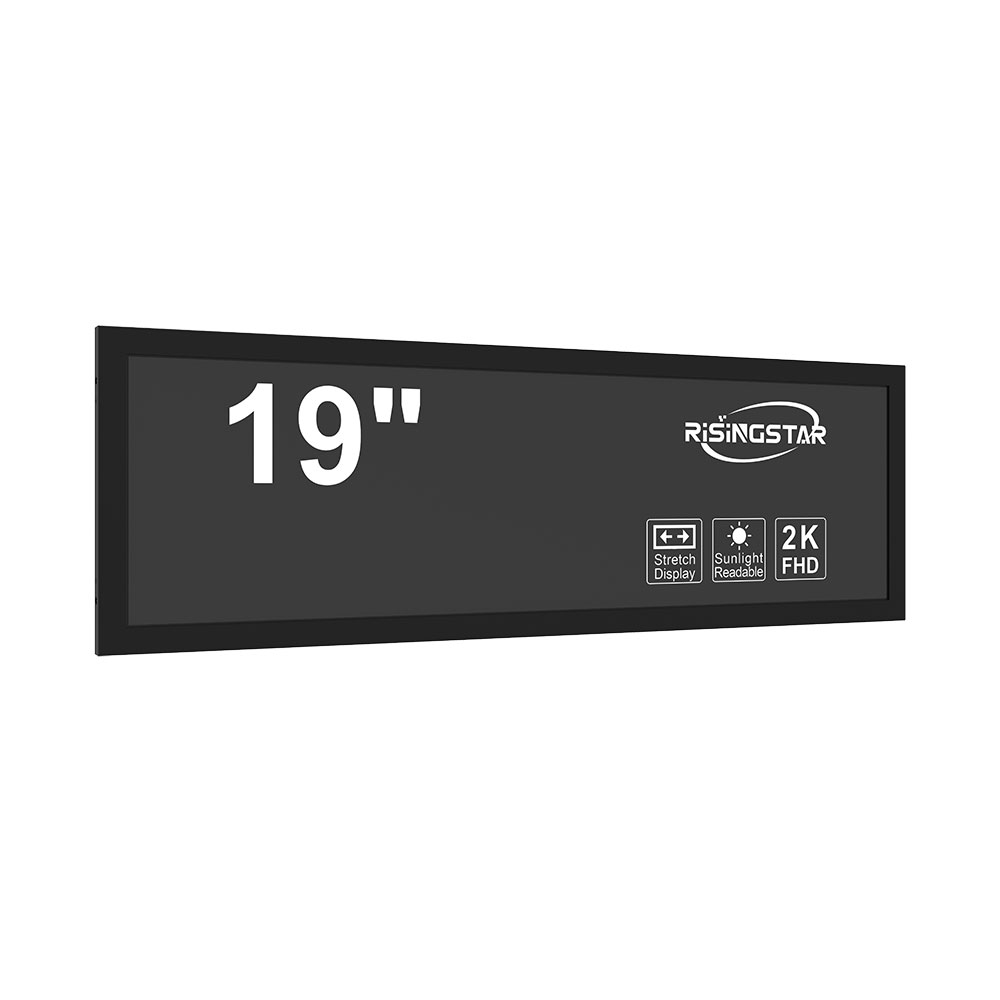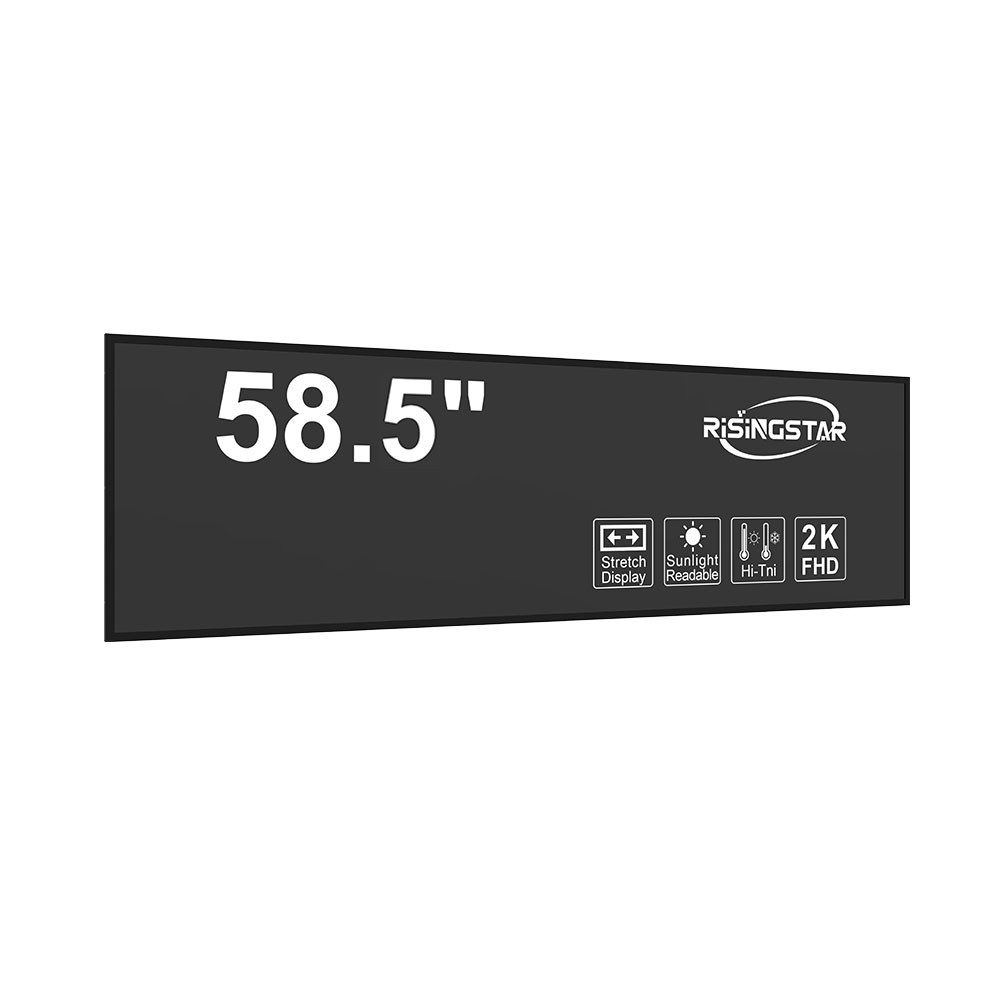- Home
- About Us
- Products
- News
- Video
- Contact
- Send Inquiry
Search
- Home
- About Us
- Products
- News
- Video
- Contact
- Send Inquiry

Outdoor LCD screens with a 4:3 display ratio are increasingly favored in industrial, commercial, and public information systems due to their optimal balance of visual clarity, space efficiency, and compatibility with legacy software. Whether deployed in digital signage, transportation kiosks, or outdoor retail environments, these displays provide reliable performance under challenging environmental conditions such as high ambient light, temperature extremes, and humidity.
For 15-inch, 17-inch, and 19-inch outdoor LCD screens, the 4:3 aspect ratio remains a strategic choice—not just for its historical prevalence in business applications (e.g., older Windows-based systems), but also because it maintains a more square-like format that enhances content readability when viewed from a distance. This is especially critical in outdoor settings where users often view screens at an angle or from mobile positions. According to industry data from the Society for Information Display (SID), 4:3 ratios outperform widescreen formats (like 16:9) in terms of perceived text legibility under sunlight glare, reducing user fatigue by up to 22% in real-world testing.
Manufacturers like LG, Samsung, and PVI Group now offer ruggedized outdoor LCDs in these sizes with brightness levels exceeding 5000 nits—essential for maintaining visibility during direct sunlight. These units integrate anti-glare coatings, IP65-rated enclosures, and wide operating temperature ranges (-20°C to +60°C). For instance, a 17-inch outdoor LCD with 4:3 aspect ratio used in a transit station in London achieved over 98% uptime over two years in a study conducted by the Transport for London Digital Infrastructure Team.

The key advantage of using 4:3 in outdoor deployments lies in its compatibility with standard resolution formats like 1024x768 (SXGA), which ensures seamless integration with existing control systems without requiring costly reconfiguration. In contrast, widescreen models often require custom scaling algorithms or additional hardware to maintain proper aspect fidelity—an issue rarely encountered with 4:3 displays.
From a design perspective, 15-inch units offer portability and ease of installation, while 19-inch models deliver higher pixel density and improved image sharpness—ideal for advertising panels in high-traffic areas. All three sizes benefit from built-in LED backlighting and power-efficient drivers that reduce energy consumption by up to 30% compared to older CCFL-based models.

In summary, choosing a 4:3 aspect ratio for outdoor LCDs in 15", 17", and 19" sizes is not merely a matter of legacy support—it's a proven engineering decision rooted in optical science, human factors research, and field-tested performance. As global demand for durable, sun-readable digital displays grows, 4:3 continues to lead in reliability, cost-efficiency, and user experience across diverse outdoor applications.